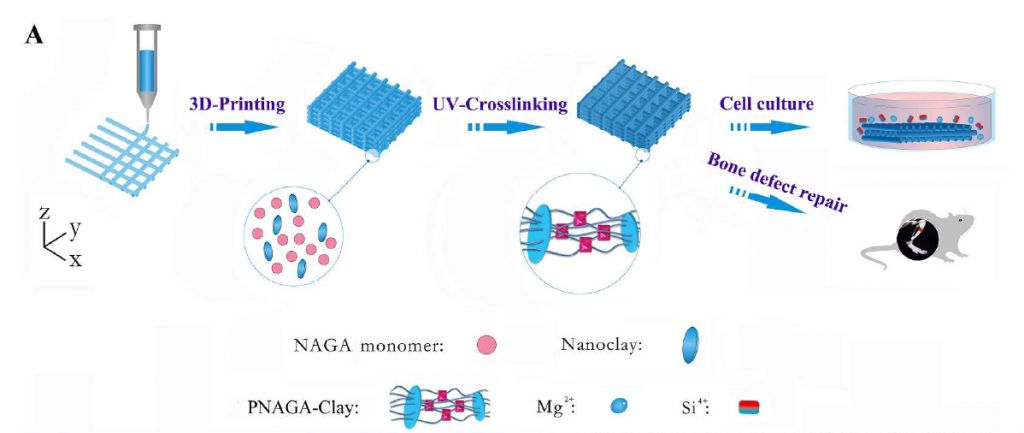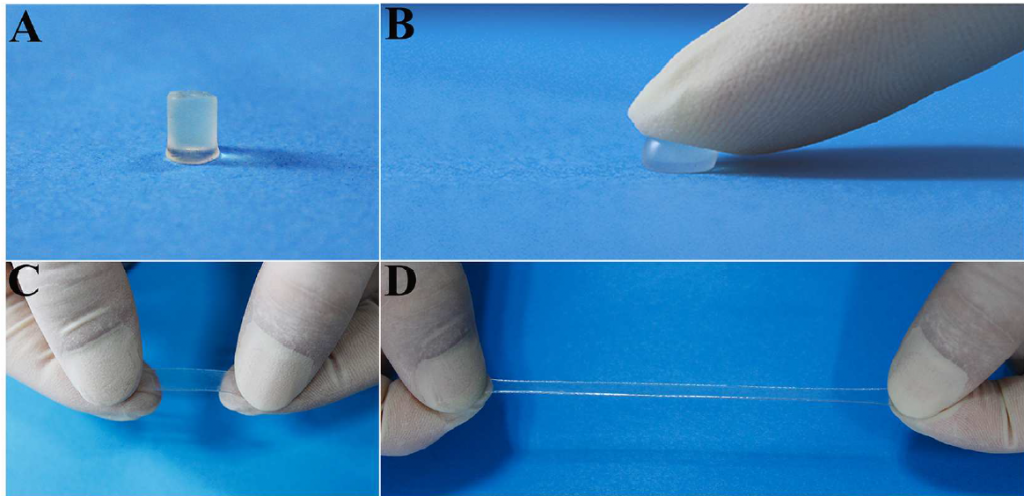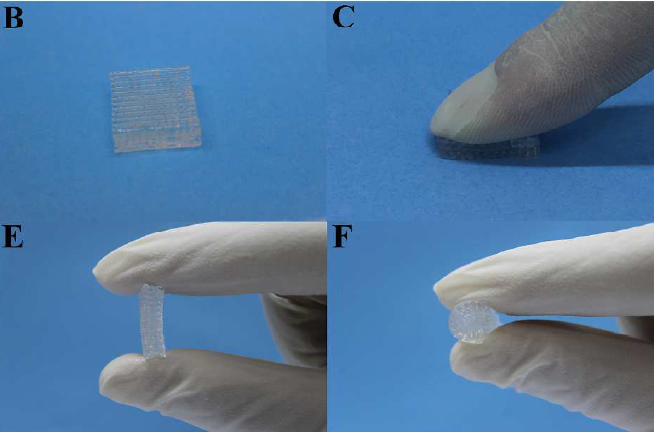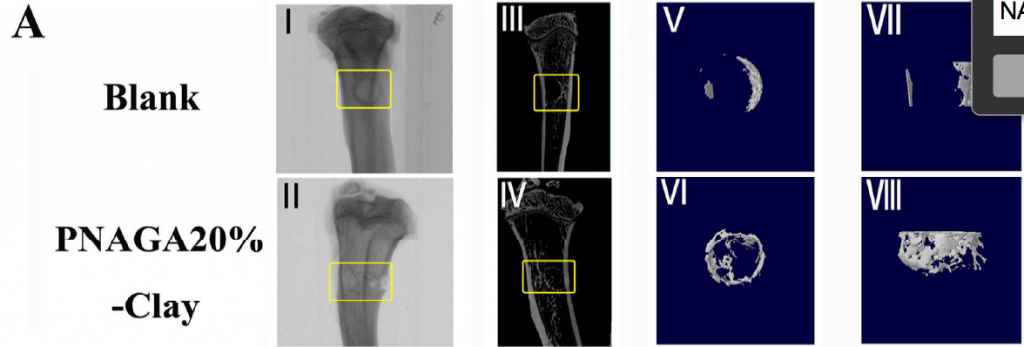
Researchers in China have released a manuscript detailing a 3D printable material specially designed to support the growth of bone cells. Matter grown with the support of this

Matching the extracellular matrix
Hydrogels are widely used in tissue regeneration as their molecular structure resembles the naturally occurring extracellular matrix (ECM) found in living organisms. The role of an ECM, and in this case a hydrogel, is to give structure and nutrition to surrounding live cells. The right environment for support and nutrition varies depending upon the kind of tissue, e.g. arteries need a tubular structure, bone cells thrive better in porous material.
Some previous examples reported by 3D Printing Industry include a study on the combination of TPU, PLA, and graphene oxide that could be used to support bone regrowth, and soluble scaffolds 3D printed at the University of Connecticut.
This study in particular focuses on conditions conducive to bone regrowth. It does so by infusing the gel with particles of clay – a material naturally similar to human bone, and used in varying degrees to fix fractures.
Preparing the ink
The basis of the material is a hydrogen bonding, UV reactive, monomer (molecule that attaches to others) previously invented by the research team, and exhibiting highly flexible mechanical properties.

To this, the researchers add varying quantities of clay particles to manage the balance between the structure and the flow of the material as an ink.
The ink is extruded through a nozzle 250 μm in diameter (approximately the diameter of 5 human hairs) into a grid-like scaffold shape with linking parts, using a BioScaffolder 2.1 3D printer. The scaffold is then baked in a crosslink oven to connect the particles, and washed in de-ionized water to remove impurities.

In vitro and in vivo testing
Results of the tests in vitro, i.e. outside of the body in a controlled container, show positive, living, activity of rat osteoblast cells within the clay hydrogel. As a result, the researchers were able to apply the material to tibia defects in live rats.

One half of the test group had the hydrogel-clay implanted in the leg, and the other half recieved a blank, placebo, support. After 8 weeks of healing, the clay hydrogels proved to promote better regrowth of bone at the tibia.
Conclusions state that, 3D printing of the hydrogen bonding monomer with a variety of bioactive inorganic nanoparticles will open up a new avenue to construct load-bearing tissue engineering scaffolds for precision and individualized repair of bone defect and degeneration.
3D-printed high strength bioactive supramolecular polymer/clay nanocomposite hydrogel scaffold for bone regeneration was published online in ACS Biomaterials Science & Engineering journal as a Just Accepted Manuscript May 17, 2017. It is co-authored by Xinyun Zhai, Yufei Ma, Chunyong Hou, Fei Gao, Yinyu Zhang, Changshun Ruan, Haobo Pan, W. Lu, and Wenguang Liu, attributable to Tianjin University, Chinese Academy of Sciences and the University of Hong Kong. (3D Printing Industry)

86-10-68597521 (day)
86-10-68597289 (night)

86-10-68511095 (day)
86-10-68512458 (night)

cas_en@cas.cn

52 Sanlihe Rd., Xicheng District,
Beijing, China (100864)

